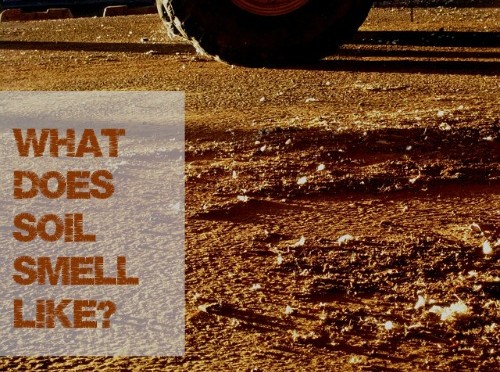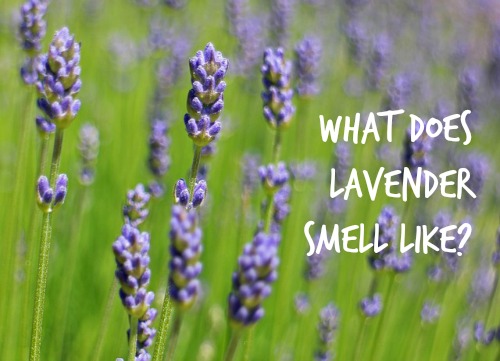What it is: Dirt, or soil, is a mixture of four things: stones, sand, clays  and humus. It is the top later of the earth in which trees, plants and flowers grow.
and humus. It is the top later of the earth in which trees, plants and flowers grow.
It is typically black in colour or dark brown with a varying consistency.
What it smells like: How sweet is the smell of fresh earth! Lots of people love that fresh-dirt smell. The surprising thing though is that the smell is not coming from the dirt itself. The pleasant odour comes from an organic chemical called geosmin.
Bacteria finds its way into dirt, or soil, through the geosmin and it is actually bacteria that is producing the chemical that smells nice.
The smell does differ however depending on where the dirt is found. From a construction site it may smell dusty , however if you go in the country pure black soil actually smells pretty fresh and clean.
Tips: Other than your regular everyday dirt, there are at least 5 types of soil and knowing them will help determine which one you choose for your garden.
- Sandy: It has the largest particles. Is dry and gritty and perfect for well draining. Sandy soil is that it’s light to work with and warms much more quickly in the spring.
- Silty: It has much smaller particles than sandy soil and when wet, it’s soapy slick. It retains water longer.
- Clay: This soil has the smallest particles among the three. It’s sticky to the touch when wet, but smooth when dry. It is rich in plant food for better growth.
- Peaty: This soil is dark brown or black in color, soft and easily compressed due to its high water content
- Saline: This soil is high in salt and it can cause damage to and stall plant growth, impede germination, and cause difficulties in irrigation. It’s easy enough to test if you have saline soil. You’ll probably see a white layer coating the surface of the soil, your plants are growing poorly, and they’re suffering from leaf tip burn, especially on young leaves.




very helpful thx